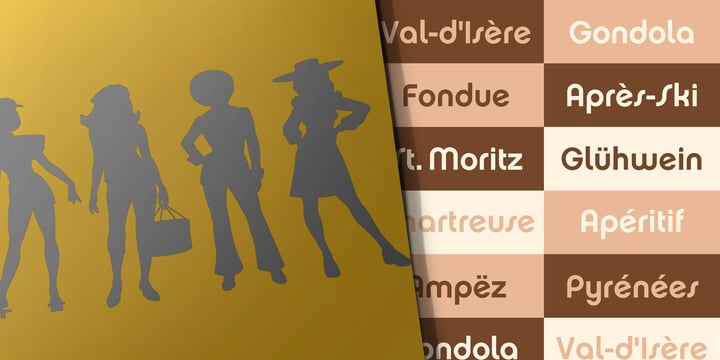
When Calment was ninety-four, in 1969, her notary bought her apartment. One biographer wrote, “Everyone knew the ‘little old lady’ who dashed all over town, who went down the steps of St. In the decades that followed, her staccato footfall was as integral to Arles as the sound of the mistral, the rattling Provençal wind. In August, Freddy was killed in a car accident. That January, Joseph died after a long illness. In 1963, Calment lost her last intimates. Freddy, an otolaryngologist, lived nearby with his wife. Calment was sixty-seven, with nearly half her life in front of her.įollowing the death of Calment’s husband, she and her son-in-law, Joseph, shared an apartment. Two years later, women got the vote in France. The cherries were tainted with chemicals, and, within a few months, Jeanne was a widow. During the visit, Fernand gorged on cherries, while Jeanne had one or two. In 1942, some friends of the Calments invited the couple to their country house. Jeanne and Fernand took care of the boy as though he were their own. In 1934, Yvonne died of complications from tuberculosis, leaving behind a husband, Colonel Joseph Billot, and a seven-year-old son, Freddy. “Stubborn, I stuck with my choice, replying in a tone that didn’t please her. “Madame Calment wanted to impose her taste on me,” a woman later said, remembering a girlhood errand to buy fabric. Jeanne appeared occasionally, cutting an imperious figure. The Calments lived in grand apartments above the family store. Jeanne never worked, but led a busy life of recreational pursuits, including tennis, roller-skating, and stalking wild boar. Their paternal grandfathers were brothers, and their paternal grandmothers were sisters, making Jeanne and Fernand double second cousins. She had known her husband, Fernand Calment, her entire life. Another time Calment recalled, “My husband said to him, ‘I present to you my wife.’ ” This recollection was also blurred: Calment, an adolescent in 1888, didn’t marry for another eight years. Her father, however, was a shipbuilder the store actually belonged to her husband’s family. Calment sometimes said that her father waited on him. “We called him le dingo.” According to one anecdote, van Gogh came into her family’s drygoods store, on Rue Gambetta, wanting to buy canvas.

Later in life, Calment claimed to have known Vincent van Gogh, telling different versions of an encounter with him in 1888.


 0 kommentar(er)
0 kommentar(er)
